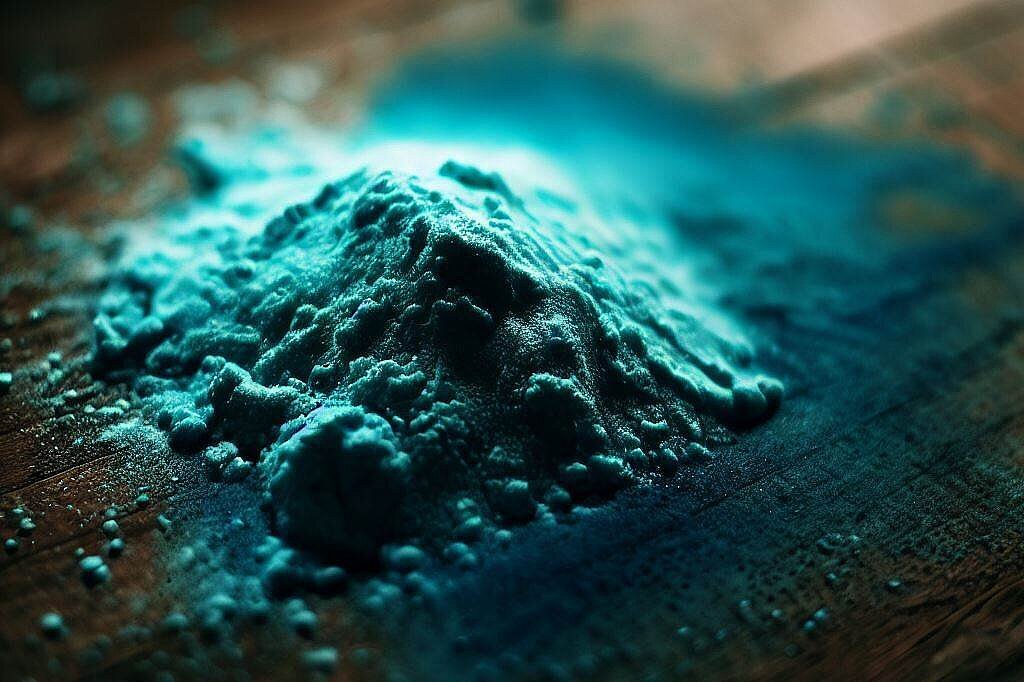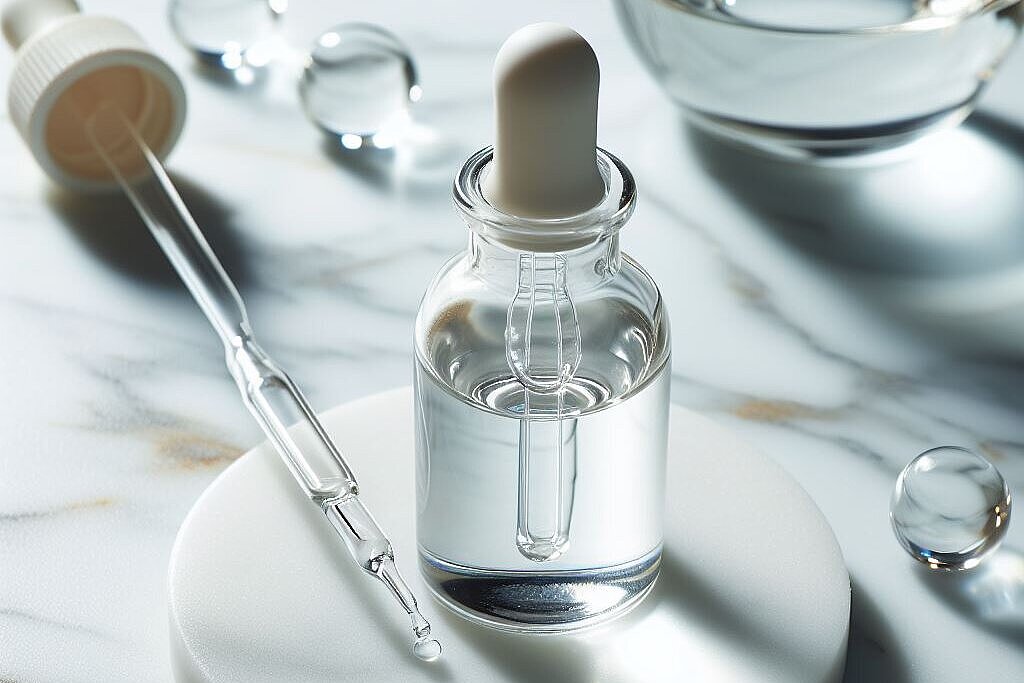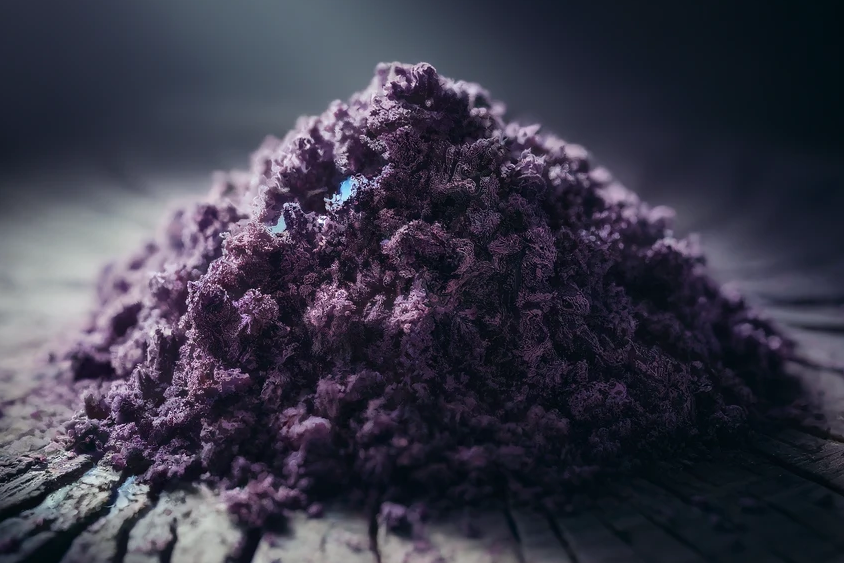Chlorine dioxide

What is chlorine dioxide?
Chlorine dioxide (ClO₂) is a yellowish gas with a characteristic, chlorine-like odor. It is known for its strong antimicrobial effect and is therefore used in various areas such as water treatment, food processing and as a bleaching agent in the paper industry. Chlorine dioxide works by oxidizing microorganisms and damaging their cell walls, which leads to their destruction. Unlike chlorine, chlorine dioxide leaves no harmful by-products, making it an attractive alternative.
Advantages of using chlorine dioxide
Strong antimicrobial effect
Chlorine dioxide is highly effective against a wide range of microorganisms, including bacteria, viruses and fungi. This property makes it an effective means of disinfecting surfaces where dogs spend time and maintaining a hygienic environment.
Lower risk of harmful by-products
Compared to other disinfectants such as chlorine, chlorine dioxide forms fewer harmful by-products. This reduces the risk of exposure to potentially harmful chemicals for pets and humans.
Disadvantages and potential risks
Toxicity if used incorrectly
Although chlorine dioxide leaves fewer harmful by-products than chlorine, it can be toxic to dogs (and humans) if used improperly or in high concentrations. Inhalation of the gas or contact with concentrated solutions can cause irritation to the respiratory tract, eyes and skin. If swallowed, even more serious damage to health is possible.
Danger due to inadequate information and misuse
The safe use of chlorine dioxide requires specific knowledge and precautions to avoid exposure to harmful concentrations. Without proper guidance, misuse can easily occur, endangering the health of dogs.
Chlorine dioxide offers impressive potential for disinfection and hygiene in our dogs' environment, but there are also risks that must not be ignored. It is vital to be fully aware of the correct application and the necessary safety precautions before deciding to use this substance. Alternatives that are both safe and effective should be considered, especially when it comes to our dogs' immediate habitat. The health and safety of our loyal companions should always be our top priority. Making a prudent and informed decision about the use of chlorine dioxide can help ensure a healthy and safe environment for our four-legged family members.
If you notice any signs of hypersensitivity or poisoning in your dog, you should see your vet immediately. We are not a substitute for a vet, but we try to be as accurate as possible. Every dog reacts differently and we recommend you get a second opinion or consult your vet if in doubt.
Stay healthy and take good care of your four-legged friend!😊
Similar to Chlorine dioxide
Chlorine can have some benefits for dogs when it is present or applied in small amounts. For example Chlorine can help clean and disinfect wounds. If your dog has injured himself, you can dab some...
Sodiumhypochlorite (NaClO) is a chemical compound of sodium, oxygen and chlorine. It is formed when chlorine is introduced into a sodium hydroxide solution. The resulting liquid, often referred to...
Hydrogen peroxide is a pale blue liquid that is colorless in diluted form and soluble in water and organic solvents. It is known for its oxidizing properties, which make it an effective disinfectant...
Potassium permanganate (KMnO4) is a strong oxidizing agent that comes in the form of dark purple crystals or granules and dissolves in water with a characteristic deep purple color. It is used in...



